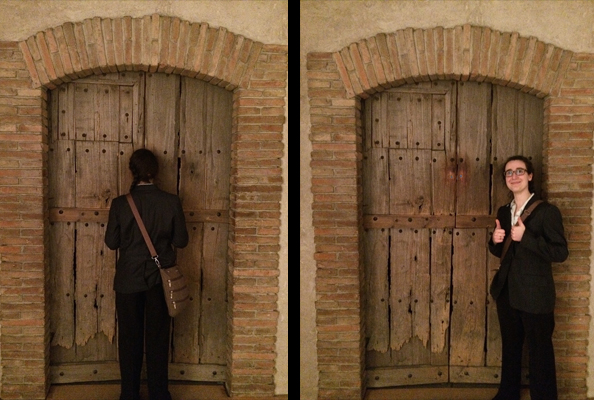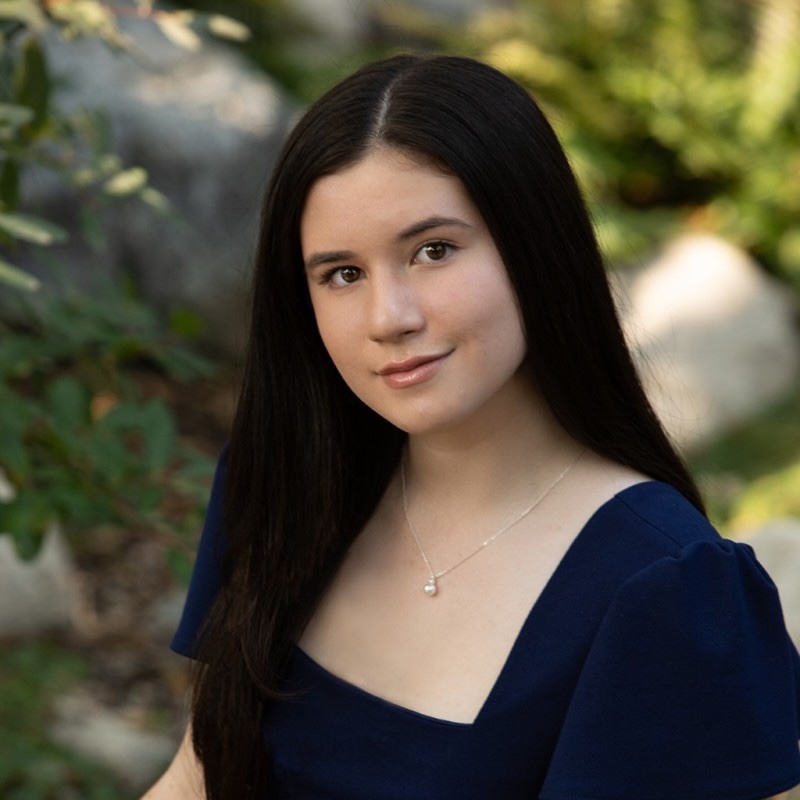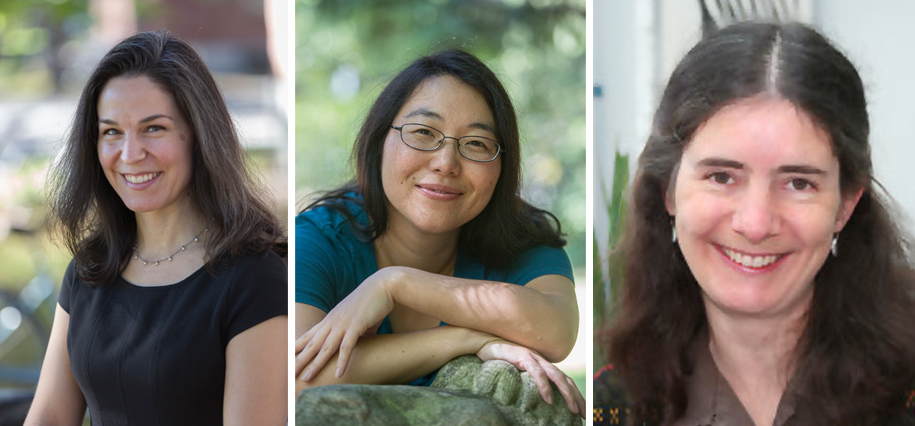Bowdoin Senior Wins Prestigious Award for Study in U.K.
By Rebecca Goldfine
Haley Miller ’16, a chemistry and religion double major, is fascinated by the places where science and religion intersect. Despite the deep gulf that seems to divide these endeavors, Miller sees potential for discovering new insights in the areas where the two disciplines merge. “I want to be a scientific humanities scholar, focused on the ways I can use science to study religion,” Miller explained.
Only a handful of universities offer graduate programs where scientists and humanities scholars can study the conversation between science and religion. The University of Edinburgh is one of them, and next year Miller will be attending the university’s Science and Religion master of science program. On the university’s website, the program is described as a place where scholars and students can explore “the cutting edge debates between two major influences in modern thinking.”
To fund Miller’s overseas studies, Miller has received a competitive Keasbey Scholarship, which each year is awarded to “some of the most gifted and intellectually curious American college graduates” to support post-graduate study in the United Kingdom. At Bowdoin, Miller has made the dean’s list every year, and for the past two years has received the Book Award, which is given to students who achieve a 4.0 GPA for the academic year.
Miller’s application essay to the University of Edinburgh spells out the possible paths of inquiry the soon-to-be graduate might pursue next year. “There are several potential chemistry-religion projects that I am interested in exploring,” Miller writes, “such as studying alchemy by recreating the alchemists’ experiments or using scientific instruments to study cultural heritage objects in order to gain insight into the effects of religious phenomena like the Crusades.”
Alchemy, as Miller puts it, “is a form of early modern chemistry that, for some, was simultaneously an inquiry into the workings of God.” Current scientists recreating old alchemy experiments have shown that alchemy, rather than simply being a vain pursuit of magic, was rather an early version of chemistry.
Miller explained that these days, chemists can also analyze small traces of paint on antique objects to determine the artwork’s provenance. In this way, scientists can see where a piece of pottery, a piece of textile, or an illustrated religious manuscript originated, providing clues into trade routes and how people of different religions might have done commerce or in some way interacted.
Miller will most likely focus on merging science and religion to learn more about the past. “When we get to modern times in my classes, I stop paying attention,” Miller joked. Ultimately, the Bowdoin senior plans to earn a Ph.D. in chemistry and run a lab that uses chemical analysis to better understand people’s engagement with religions throughout time.
Miller expresses gratitude to Director of Student Fellowships and Research Cindy Stocks and others who supported the Keasbey application process.



